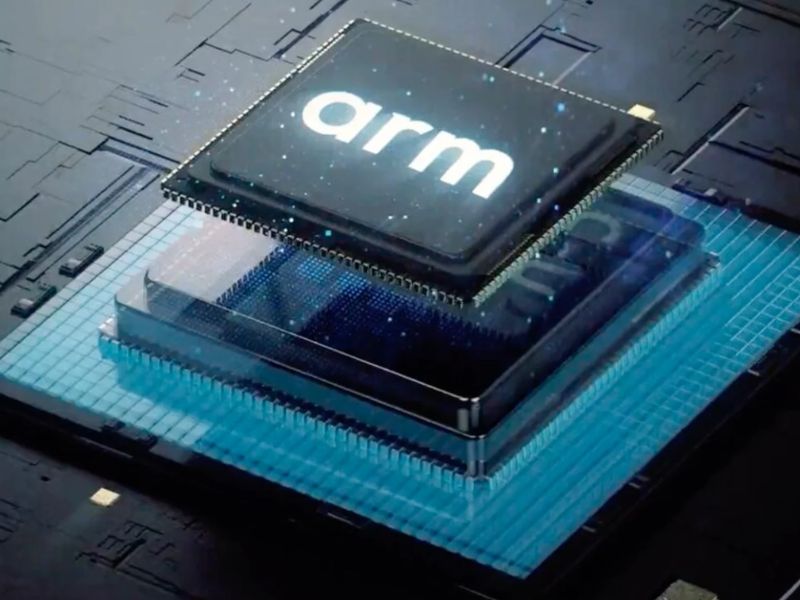Microsoft is developing new ARM chips alongside collaborators and its own “Microsoft Silicon team” to compete with Apple’s M chips. Additionally, I have come across a few job postings that imply the business is producing its own silicon-based ARM CPUs for client devices. Furthermore, I know that Windows 12 is being tailored by Microsoft for Silicon-ARM architecture. These advancements correlate with Windows 12’s impending release, which has a special edition that is silicon-optimized and built to make use of AI capabilities. The job postings (most of which have since been removed) feature roles involving Systems on Chips (SoCs), custom silicon accelerators, and high-performance, strong-bandwidth designs.
This implies that Microsoft is developing its own ARM-based processors in an effort to compete with Apple’s M chips series in terms of speed and effectiveness. The “Microsoft Silicon team” is looking for a Principal System on Chip (SoC) Silicon Architect with knowledge of high-performance SOC architecture, CPU and GPU architecture, and design, according to the first job posting. The job description states that the candidate “will be responsible for building sophisticated, cutting-edge SOCs using leading silicon-based technology nodes and will closely collaborate with internal customers and partners.”

The engineer would be entrusted with “creating SOC programming models, extensive and clear SOC performance requirements, and collaborating with custom hardware and software teams,” according to the docs seen by Windows Latest. The in-house ARM chips are a part of the “Microsoft Silicon Team,” according to another job listing on the website of the tech giant. These job postings provide compelling evidence that Microsoft is actively funding the development of its own version of ARM chips in an effort to threaten Apple’s market supremacy.
Several engineers are needed by the company for positions on its Silicon Team. There are several job titles available, including Principal System on Chip (SoC) Silicon Architect, Senior Physical Design Verification Engineer, Principal Design Engineer, and Sr Silicon Power Integrity CAD Mgr. The performance and effectiveness of Microsoft’s products could be greatly improved by integrating these new chips with the impending Windows 12 operating system. AI and silicon chip optimisation would be built into Windows 12.

Windows 12, which is now being developed for a release in late 2024, is anticipated to bring a number of AI-powered features. For instance, we just discovered a ‘Smart Snap’ layout powered by AI in Windows 11 preview releases. While Windows 11 already has a feature called Snap that makes it simple to move apps between screens. It is possible to select between several sizes and layouts, but AI integration automatically arranges apps in a snap arrangement.
Microsoft’s Windows Core project, which aims to develop a modular and adaptable version of Windows for different form factors, is said to be the source of Windows 12. The addition of inside ARM chips could enhance Windows 12’s hardware and software capabilities even more. Microsoft may develop a potent, effective, and AI-focused platform with Windows 12’s silicon-optimized variant and new ARM CPUs. This approach may put Microsoft in a solid position to compete with Apple’s M processors in the quickly changing computing industry. Despite the fact that these plans and the associated job advertisements point to a substantial change in Microsoft’s strategy, it is important to keep in mind that these plans could change prior to the introduction of Windows 12 and ARM processors.
For more such updates, keep reading techinnews



